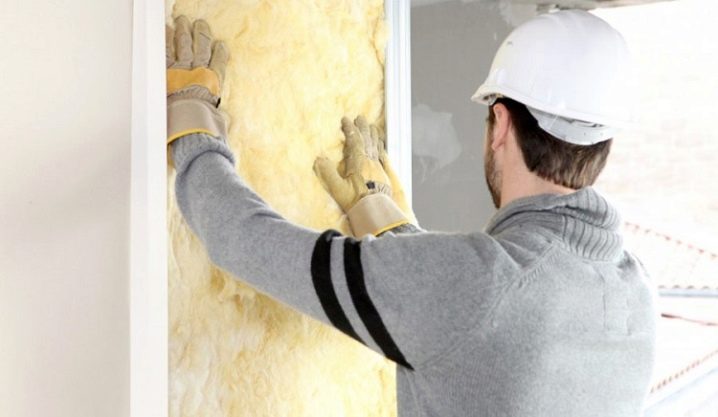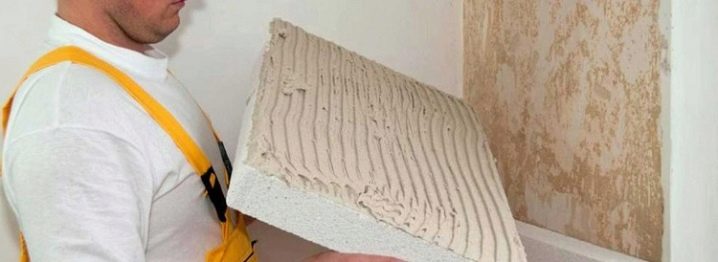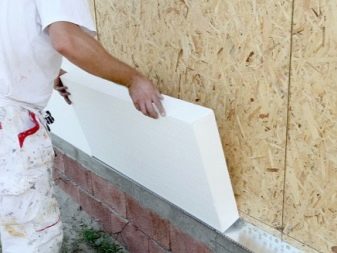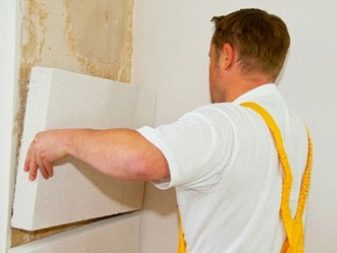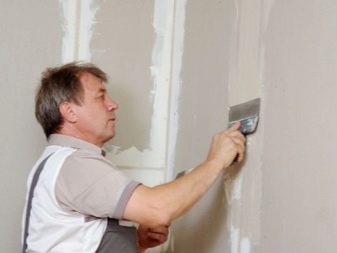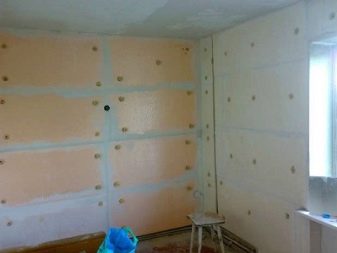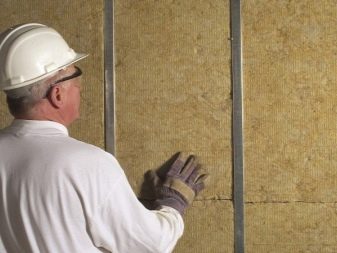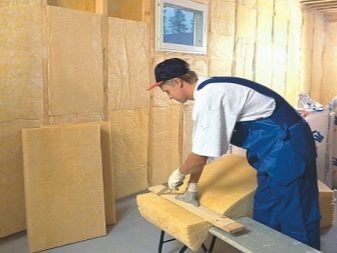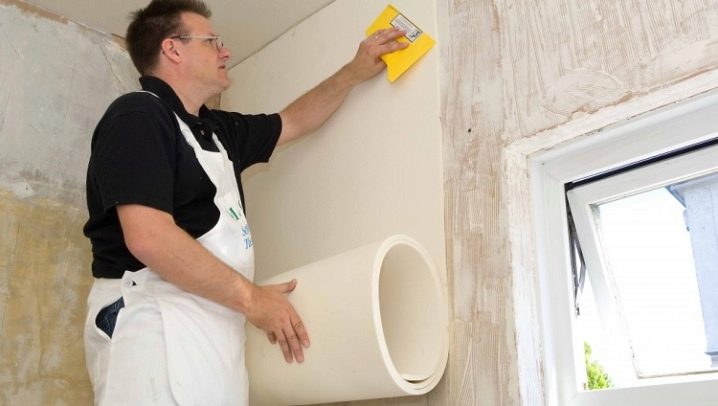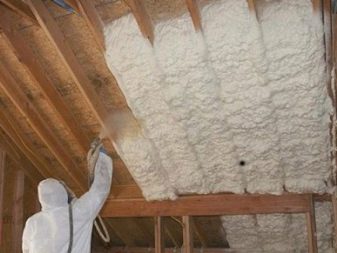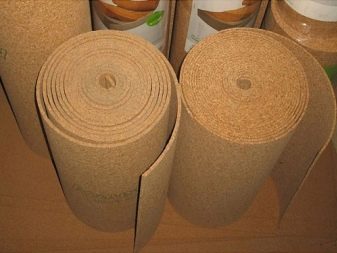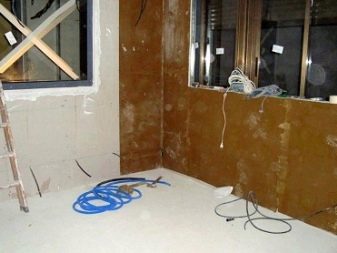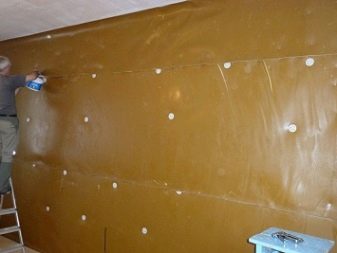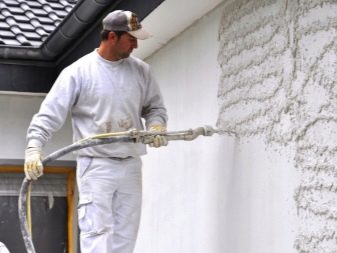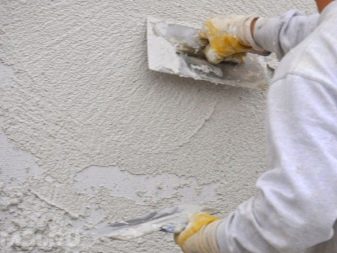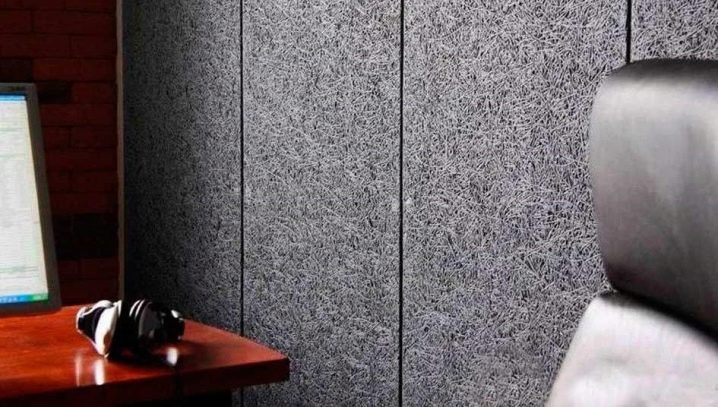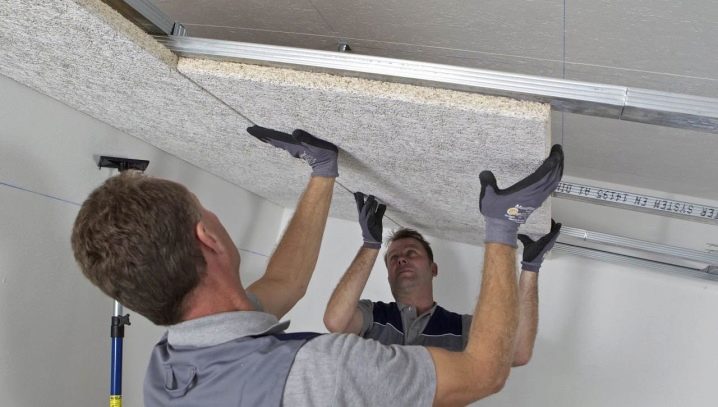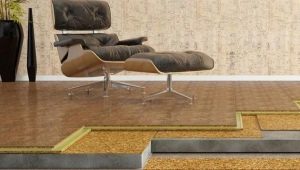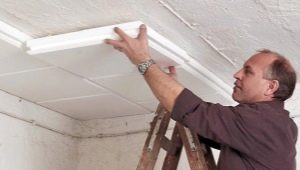Features soundproofing under plaster
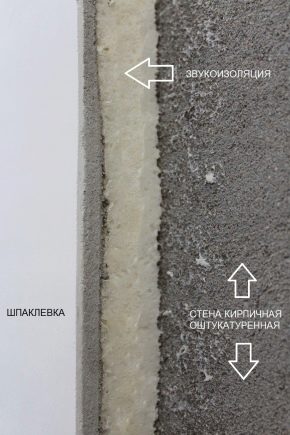
Modern apartments in apartment buildings have a varied layout, but one common problem unites them all - insufficient sound insulation. This threatens with the fact that the sounds, sometimes quite loud, coming from the neighbors, will interfere with proper rest and a quiet life. The issue is solved by installing sound insulation. The main thing for this is to choose high-quality, modern and safe materials that will not only get rid of unnecessary noise, but also will not harm residents.
Soundproofing Options
Most often during the repair and construction work is used gypsum plaster.It has many positive properties, but sound insulation is not one of them. To get rid of the annoying noise, you can use different methods and use a variety of materials that absorb sound. The main thing - to determine the one that is suitable in each case. Consider the most popular ones.
Styrofoam
Very often, for soundproofing, consumers use conventional foam. It has a low price and does not cause problems during the work. You can buy this material in almost all specialized stores. In addition, it is very light, so transportation, as well as installation, will not be difficult.
Of course, the foam has sound suppressing properties, but other materials cope with this task much better.
Drywall
A very popular option in which for the suppression of noise is drywall. In addition, it can be used to implement non-standard and unusual design solutions. When using drywall, be aware of the mandatory use of insulation, which has remarkable acoustic properties. Data on these properties are necessarily indicated on the product label.
Insulation is sold in rolls, before use it must be cut and fastened inside the structure. Air must be left between the wall and the materials, excessive moisture will be removed with it, and noise absorption will be more efficient. This method does not require large financial costs and is quite effective.
Fiberglass and mineral wool slabs
Plates made of fiberglass and mineral wool, perfectly absorb the sound, but have their own characteristics when used. First of all, they must be installed in frames, which are subsequently sheathed with plasterboard, which inevitably leads to a reduction in the size of the room. However, this method is very effective.
The material is environmentally safe, so it will not harm the health of residents and visitors to the premises. But the plates themselves have a fairly high price, because of which the method has not found wide application.
Polyurethane panels
The basis of the material is acoustic foam. The panels are up to 10 centimeters thick and are attached to the walls with glue.
Installation work can be done independently, as they do not require special skills.
Liquid insulation
It is a special mixture that is laid in a thick layer over the plaster. The method is quite effective, but it must be borne in mind that the composition will need to be closed with gypsum plasterboard or decorative plates.
Rolled and leaf cork
Carries mostly decorative function. However, the coating is quite thick, and also has a peculiar structure, which gives it noise-absorbing properties.
It must be borne in mind that the method is not very effective.
High density membranes
The use of this material helps to cope well with the problem of extraneous noise in the room. The membranes are very thin, but this does not negate their excellent sound-absorbing properties. In addition, they are easily attached to the surface and securely held on it for a long time.
Soundproofing plasters
This option is very popular and is often used when finishing. The price of such plaster is low, and you can work on its application yourself. In this case, additional finishing is not needed.
The mixture can be used in any premises, as it is environmentally friendly and completely safe.
What to consider when choosing
Sound insulation options are many, so the consumer needs to choose the method that is most appropriate in a particular case. The first thing to consider is the size of the room. A small room should not be sheathed with thick blocks and panels that will take up extra space.
Ceiling and walls covered with plaster, it is better to combine with materials that can reflect the sound. Usually in this case are used fibrous, porous and granular panels.
If for the installation of sound insulation there is an opportunity to turn to specialists, and also if there is sufficient space of the room, it makes sense to install a more complex structure, which includes a sound absorber laid in several layers.
When choosing a soundproofing material for plaster, it is necessary to carefully study all the information about it, and then the result of the work will fully meet the expectations of the consumer.
You can find out how to make a budget soundproofing of the walls with your own hands in the following video.
